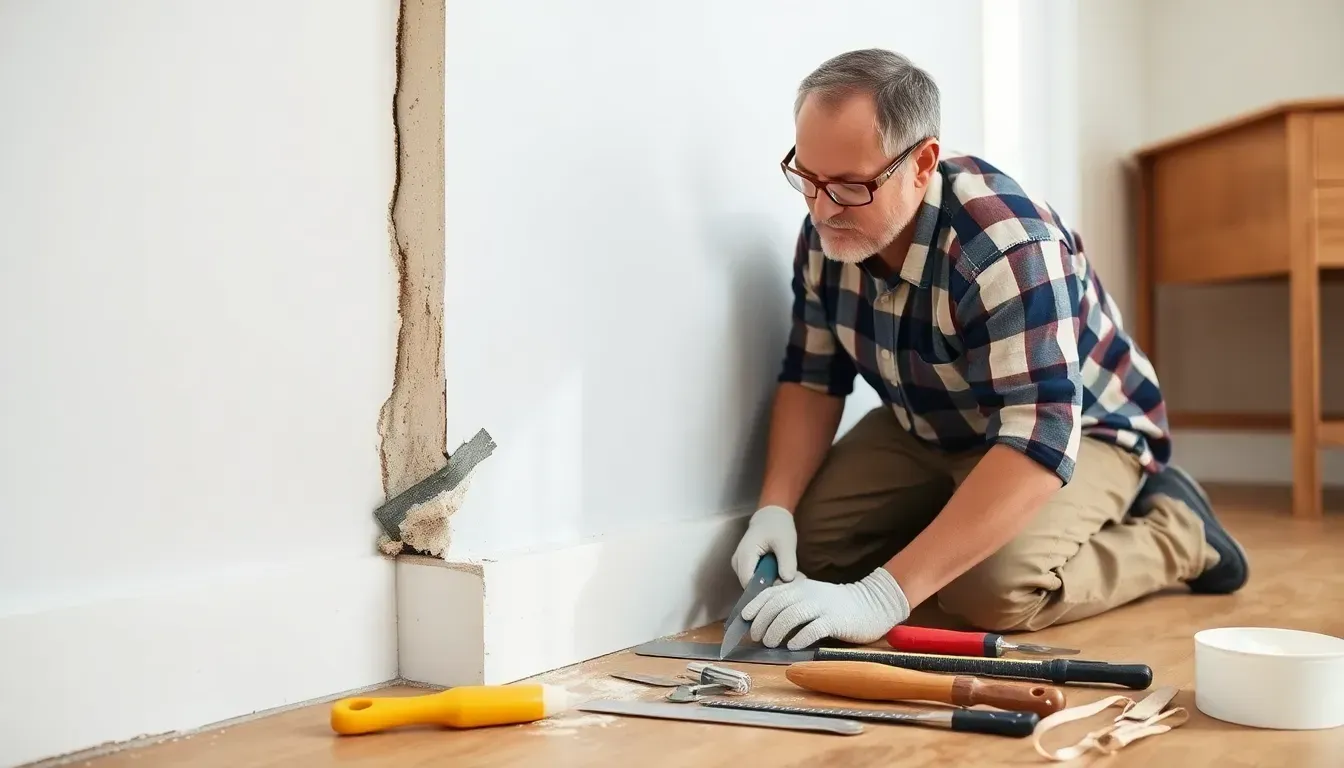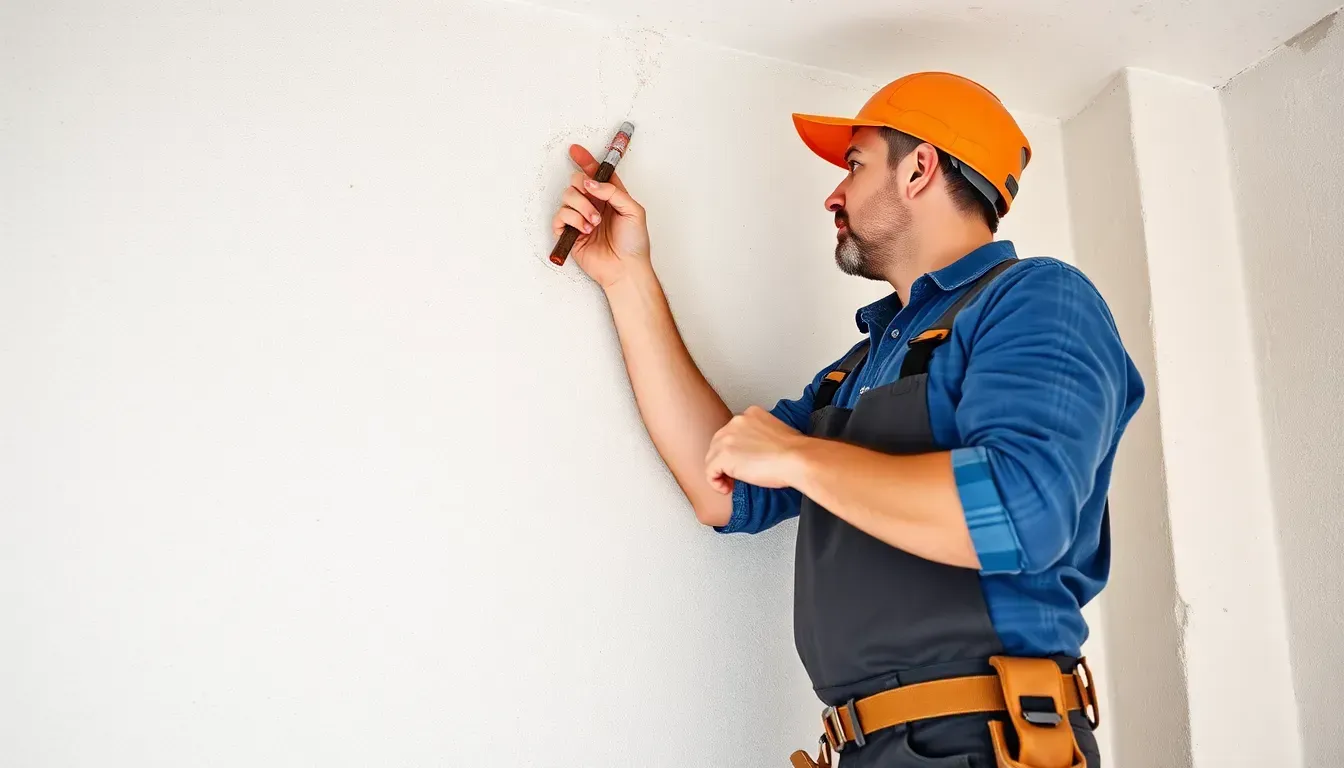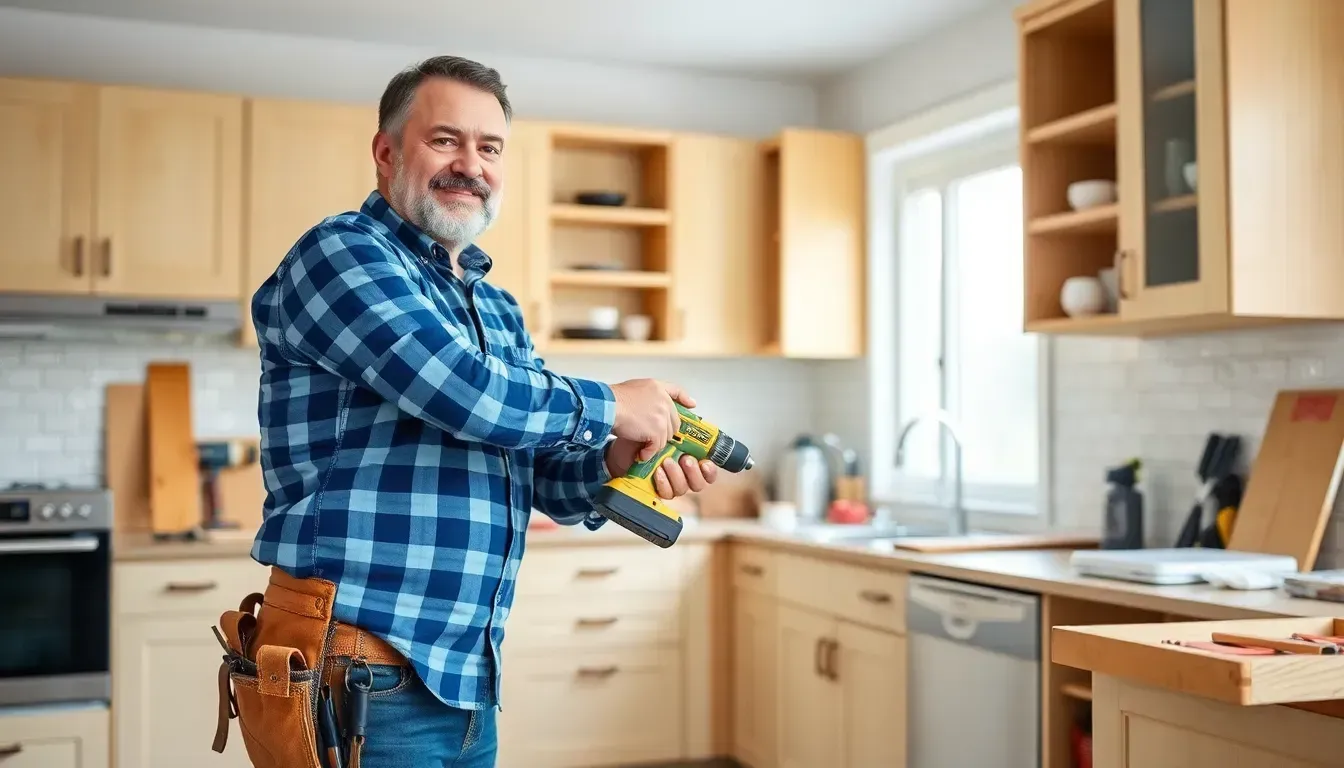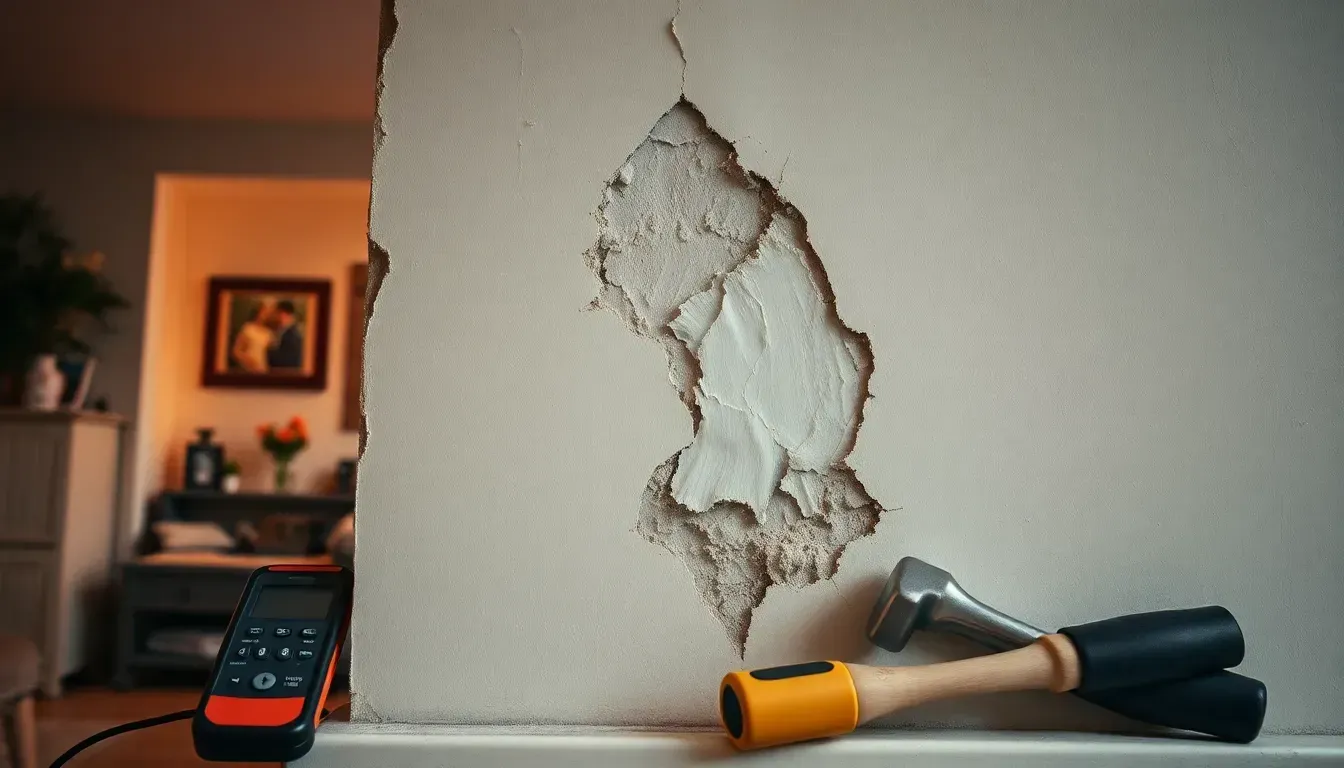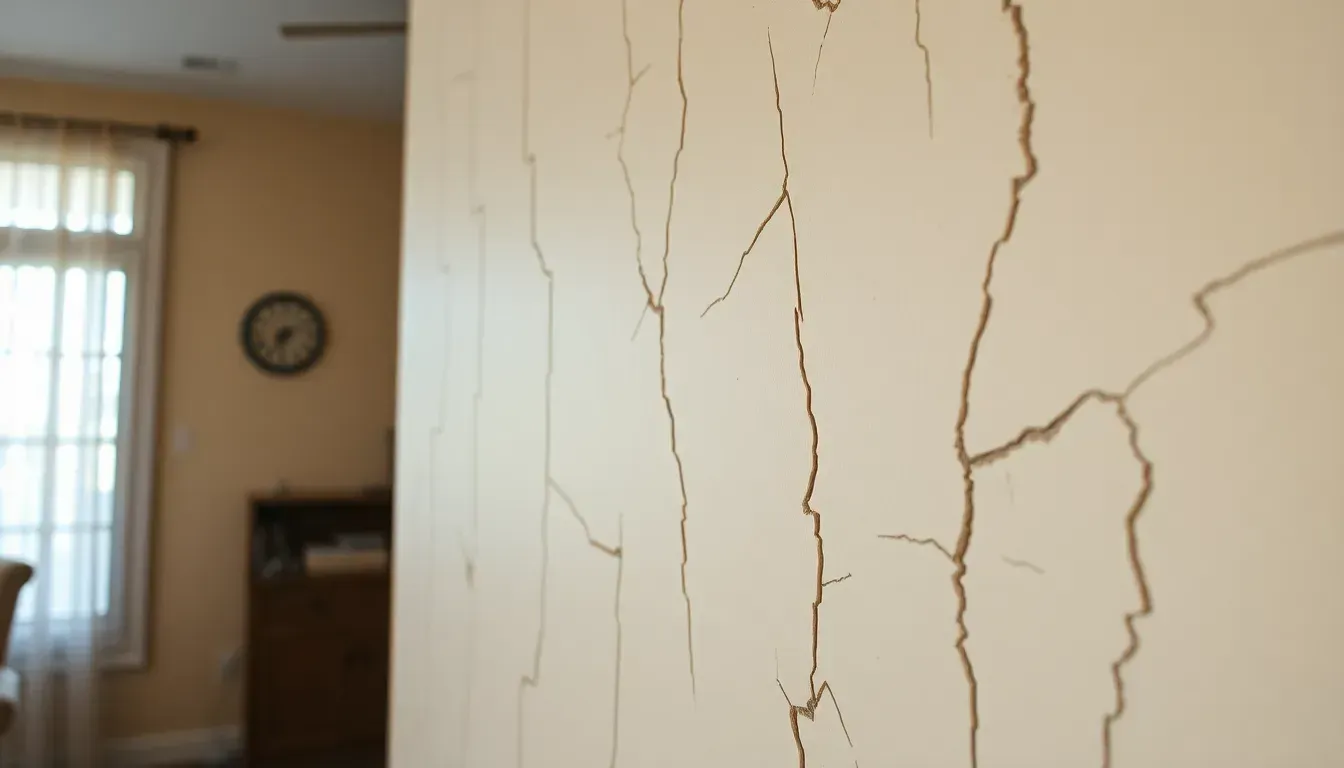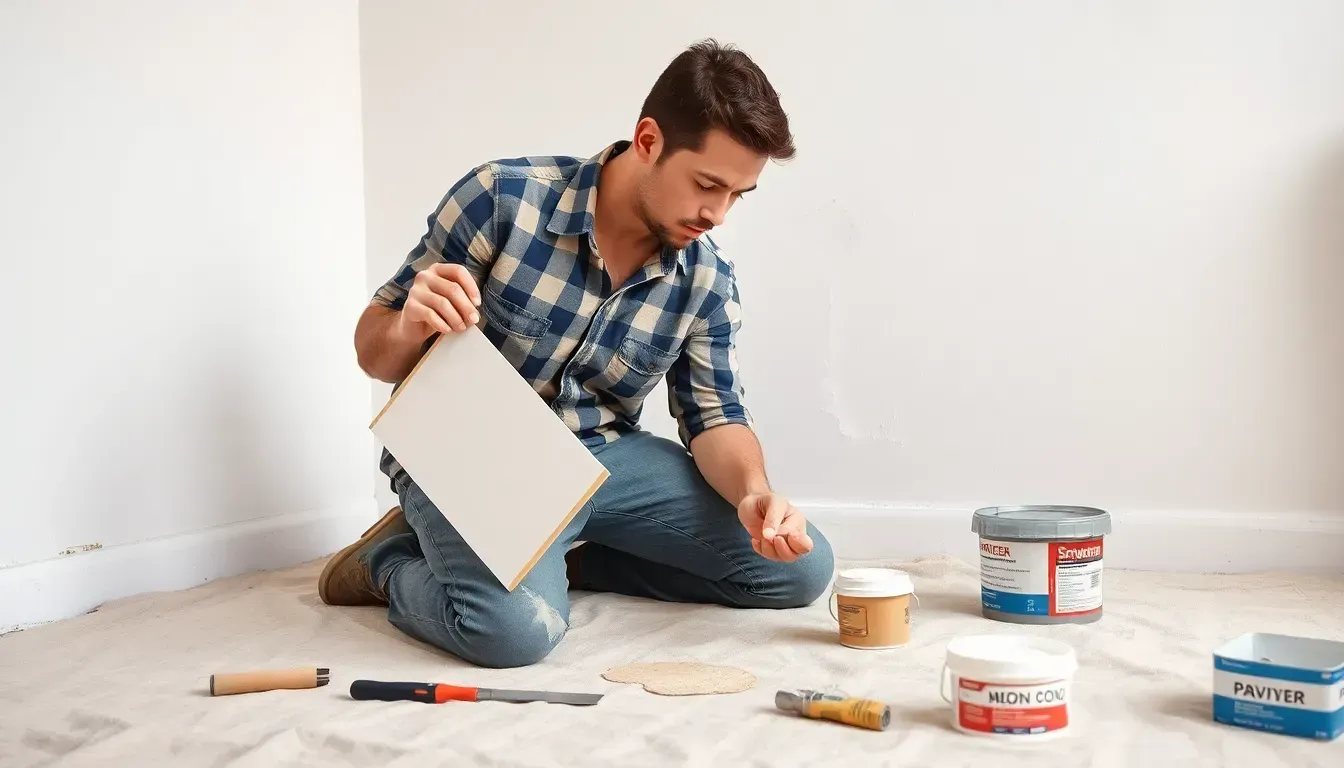How Long Does a Home Inspection Take? Find Out
- A home inspection typically lasts 2 to 4 hours.
- Time varies based on:
- Property size (larger homes take longer).
- Age and condition (older or poorly maintained homes need more thorough checks).
- Complexity of systems (advanced HVAC, electrical, plumbing extend time).
- Accessibility (hard-to-reach areas require extra time).
- Inspector's thoroughness (meticulous inspectors spend more time).
- Effective scheduling and preparation are key for both buyers and sellers.
- Ensure access to all areas and gather relevant documents for a smooth inspection process.
Did you know the average home inspection only takes about 2 to 4 hours? This short window is crucial for assessing the condition of your potential investment. But why does the duration vary, and how can understanding it streamline your scheduling process? Let's break down what affects the average home inspection duration and prepare you for a seamless process.
How Long Does a Home Inspection Take?
A standard home inspection usually lasts between 2 to 4 hours. This time lets inspectors carefully check the home's different parts and systems. However, the duration can vary based on the property's size, condition, and complexity. Knowing these factors is important for both buyers and sellers to plan and schedule the inspection smoothly.
Factors influencing the time needed for an inspection include:
- Size of the property: Large homes take longer to inspect due to more rooms and systems.
- Condition and age of the home: Older homes or those in poor shape might need a more detailed check to spot issues.
- Complexity of systems: Homes with many or advanced systems like HVAC, electrical, or plumbing extend inspection times.
- Accessibility of areas: Hard-to-reach places like attics or crawl spaces take extra time to inspect.
- Inspector's thoroughness: A meticulous inspector will spend more time to ensure thorough evaluation.
Understanding these factors helps both buyers and sellers manage their schedules. For buyers, it means knowing when the inspection will start and end. Sellers can prepare their homes, ensuring all areas are accessible. Keeping these in mind can lead to a smoother inspection and a more informed real estate deal.
Factors Influencing Home Inspection Time

Knowing what affects inspection time helps both buyers and sellers plan better. Recognizing them manages expectations and schedules, ensuring an efficient inspection process.
1. Property Size and Complexity
Property size and complexity are key factors affecting inspection time. Larger homes have more rooms and systems needing inspection. Complex layouts with multiple levels or unique features also take more time. For instance, a large estate with extra buildings will need more time compared to a small single-family home.
2. Age and Condition of the Property
A home's age and condition greatly impact inspection duration. Older homes often have wear and tear or outdated systems needing closer checks. Inspectors focus on potential issues not found in newer homes. Deferred maintenance or past repairs might need further scrutiny, adding time to the inspection.
3. Accessibility and Complexity of Systems
Some areas being hard to access and complex home systems can increase inspection time. Inspectors might struggle with attics, basements, or crawl spaces if entry is tough. Homes with advanced HVAC systems or complex electrical setups need in-depth checks to ensure safety and functionality. These systems often require extra time to confirm everything works well.
Importance of Thoroughness in Home Inspections
Thorough home inspections are crucial as they uncover potential issues affecting a property's safety, functionality, or value. A detailed check reveals major repair and maintenance needs, giving property owners a clear understanding of their investment. Although a meticulous inspection takes longer, it ensures that critical components, from structures to HVAC systems, are properly assessed. This careful approach offers peace of mind and provides buyers with key information for informed decisions.
A detailed inspection can prevent costly future repairs by spotting issues that a surface-level check might miss. Addressing these concerns early helps homeowners avoid unexpected costs and maintain the property's value. This approach is especially helpful in older homes with complex systems, where neglected maintenance could cause major problems.
Scheduling and Preparing for a Home Inspection

Scheduling the Inspection
Good scheduling ensures a smooth inspection process. Consider these tips:
- Choose a convenient time: Pick a time you can be there to ask questions and get feedback from the inspector.
- Allow adequate time: Plan for at least 2-4 hours, depending on the property's size and complexity.
- Confirm inspector credentials: Ensure your inspector is licensed and reputable for an unbiased evaluation.
- Coordinate with all parties: Inform the seller, real estate agent, and others to avoid conflicts.
Preparing for the Inspection
Preparation minimizes delays and ensures a thorough inspection. Keep these tips in mind:
- Ensure access to all areas: Make sure the inspector can reach all parts, like attics, basements, and crawl spaces.
- Gather relevant documents: Have repair records or warranties ready to give the inspector complete maintenance history.
- Understand the inspection checklist: Know what to expect by familiarizing yourself with a typical home inspection checklist.
- Communicate with the inspector: Discuss any specific concerns in advance to ensure they check those areas.
- Tidy the property: Keep the home clean to help the inspector efficiently assess different areas and systems.
Final Words
A standard inspection usually spans 2 to 4 hours, but size, condition, and layout specifics can extend this timeframe. Thorough inspections, albeit time-consuming, safeguard property value and future maintenance costs. By scheduling wisely and preparing adequately, property owners can streamline this vital step in property management. Embracing the insights gained ensures not just regulatory compliance, but also enhances the overall property experience.
FAQ
What are common reasons for failing a home inspection?
Common reasons include structural damage, faulty electrical systems, plumbing issues, roof damage, and inadequate insulation. Addressing these issues before an inspection can help avoid failure.
How long does a home inspection take for different property types?
For small houses or condos, inspections may take closer to 2 hours. Larger homes and townhouses may take up to 4 hours or more.
Should a seller be present during a home inspection?
Sellers aren't required to be present, but their presence can help answer questions or provide access to locked areas, streamlining the inspection process.
Should I consider walking away after a home inspection?
Consider walking away if the inspection reveals significant issues that impact safety or necessitate costly repairs that aren't negotiable with the seller.
Is a home inspection beneficial for a potential property purchase?
Yes, a thorough
inspection identifies potential issues, offering valuable insight into the property's condition, which supports informed purchasing decisions.
